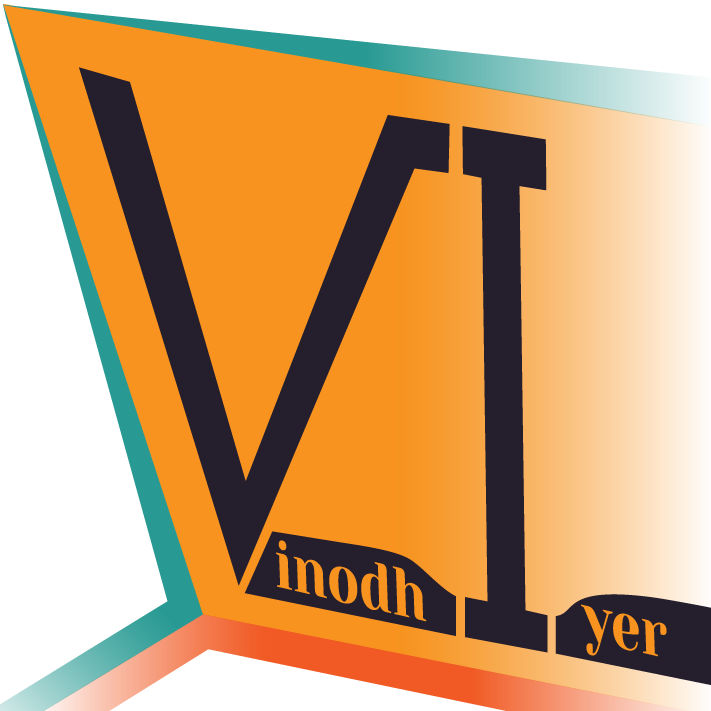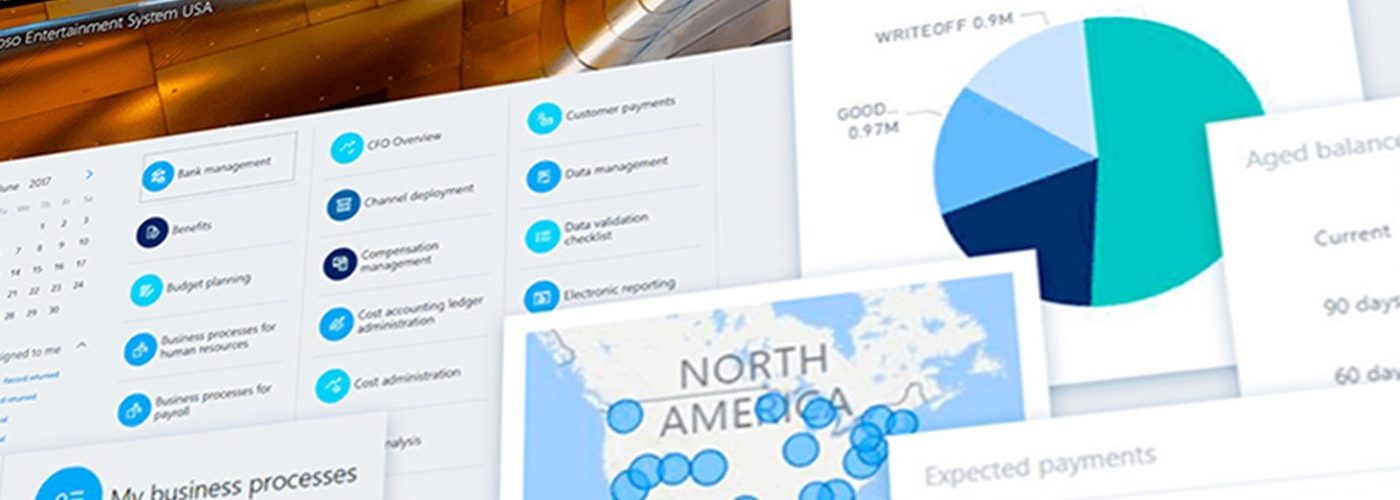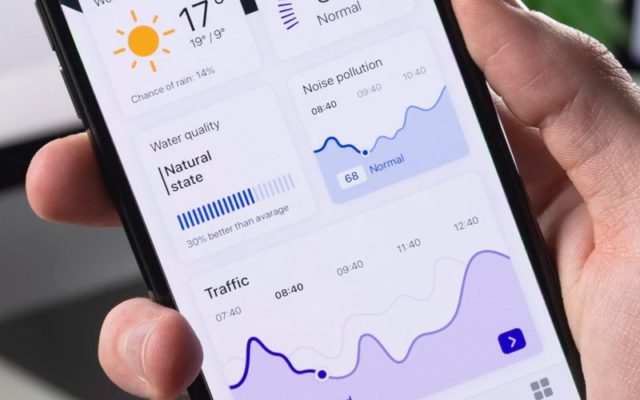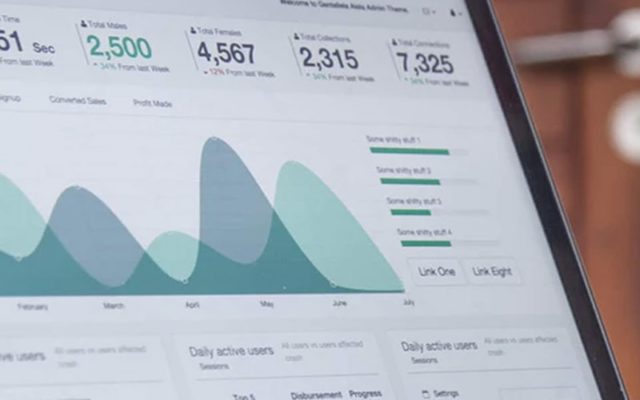Enterprise Resource Processing software have come a long way from their initial roots. Modern age offerings include Tally ERP, Infor, Sage, NAV, Dynamics 365, Dynamics Business Central, Netsuite, SAP, Oracle, Odoo and others. There are some rare Open Source choices as well in this area but the paid SAAS based platforms like SAP, Dynamics, Oracle, Oracle+Netsuite rule over the top tier of this market.
There are many definitions of what an ERP is on the internet but I’ll try to describe it in the most simplest way.
An ERP or Enterprise Resource Processing software/platform is a core virtual entity that tracks, accumulates data from various sources/departments/teams/outlets/locations to govern, control, direct business processes according to predefined industry designed & tested workflows thereby preventing malpractice, sabotage, accounting & management lapses in your organization.
I’ve worked on several of these ERP systems over the years and have performed project implementation, configuration, modifications on them. There are some fairly detailed and attention demanding ones like Demand Planning, Inventory Management, lot numbers, bins and RFID tracking, Production Planning, Human Resources, Asset Tracking, Fixed Asset Depreciations and Project Management enhancements. I have provided productive and cost effective solutions based experience and deep understanding of subject matter.
An ERP behaves like the central information and control framework of the organization and it sometimes needs sophisticated softwares like CRM (Customer Relationship Management), Project Management System (Project Management System), Warehouse Management System (WMS) and/or Point of Sales software (POS) to handle their specialized functions. Platforms like JIRA, Asana and Taiga deployments excel at project management which currently no ERP packages provide out of the box and it becomes important to integrate such sophisticated data pools back to the ERP at key strategic workflow points. In these cases it requires understanding and knowledge of data integration and workflows to bring data back into the ERP for intended processing and workflow execution.
I’ve worked with a POS, WMS, PMS, CRM systems to work in tandem with core ERP systems. In fact we have developed, deployed in-house PHP/.NET implementations that have handled these roles in the organization. The choice of such implementation often depends on the company’s needs, mindset, time frame and financial constraints. And I’ve taken such challenges, brainstormed solutions and have deployed solutions that perform the stakeholders intended functions and custom requirements.
Finally the ERP must also allow reporting, data analysis, performance overviews and timely alerts. Most industry ERP can be hooked one way or another to Business Intelligence processing softwares, dashboards and Analytical Tools. Almost all ERP platforms provide basic inbuilt reporting and data searches. The important part in this for any company is to have periodical export, data cleansing , scanning and reporting of operational data to management by way of dashboards, analytical reports, charts and graphs to help understand, visualize, steer and safeguard the company interests.
If you are reading this topic and are interested to know more about me or my projects related to ERP, CRM, POS, WMS systems just drop in a message on my contact form. Feel free to send me your feedback regarding the same to let me know if this has helped you and/or areas where this post needs further improvement. And, Have a nice day…




